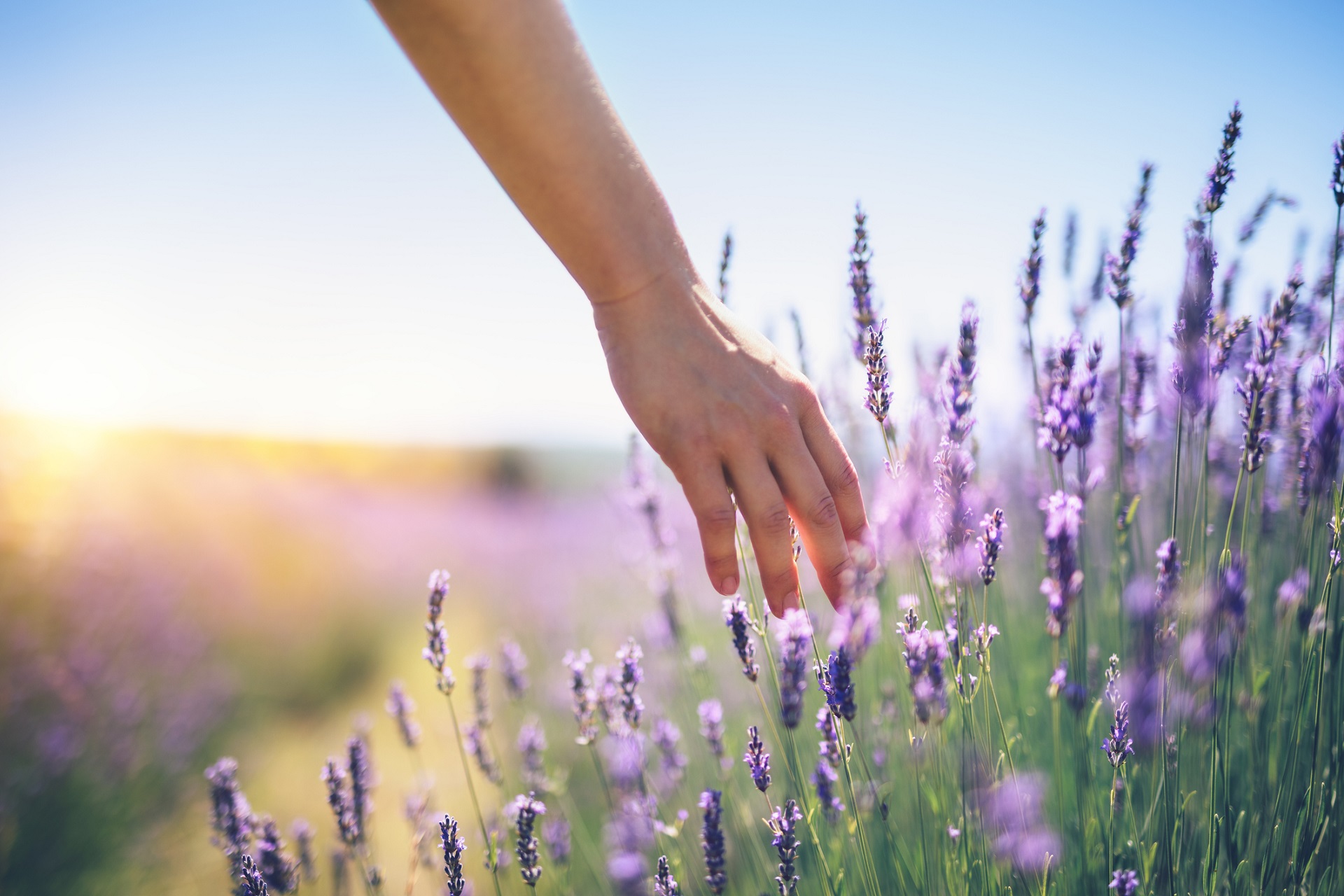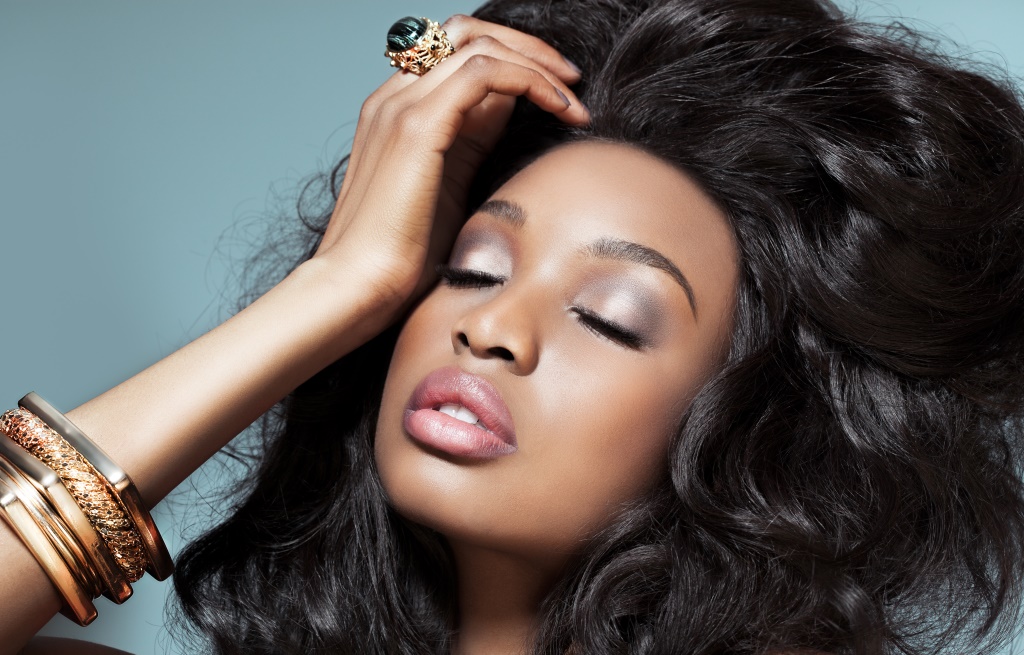Color (noun)
: a phenomenon of light (such as red, brown, pink, or gray) or visual perception that enables one to differentiate otherwise identical objects.
(Merriam-Webster Dictionary)
From the neon pink eyeshadow that we are intrigued to buy, to picking a vacation destination with bright blue waters, colors have a way of capturing our attention and even changing the way we feel. Color theory teaches us how we perceive colors and what visual effects are obtained when certain colors are combined. With the highly visual world that we live in, colors are the most effective tool for our eyes to pick up on and understand visual cues.
Back to the Basics – ROYGBIV

We can’t talk about colors without understanding the color wheel and its different categories. Developed in the 1600’s by Sir Isaac Newton, the color wheel offers a visual representation of how various hues are arranged. Let’s breakdown it down:
Primary Colors – Red, Yellow, Blue
These colors give life to all other colors when mixed in various combinations. They also pave the way for various emotions that we feel when we see these colors. Red can be associated with warmth, excitement, and power. Yellow stimulates emotions of optimism, calmness, & clarity. Blue hues can evoke feelings of sorrow, reflection, or expansiveness.
Naturally Colored Clays to Get You Started:

Secondary Colors – Green, Orange, Purple
Positioned in between primary colors on the color wheel, secondary colors are achieved when 2 primary colors are combined in equal proportions. Green gives us a sense of ease, prosperity, and relaxation. Purple represents royalty and calmness. Orange is uplifting, boosts energy (Vitamin C anyone?), and often associated to spirituality and vitality.
Naturally Colored Clays to Get You Started:

Tertiary Colors – A Union of the Two
When primary and secondary colors are mixed, tertiary colors are made. Warm shades such as red-orange, red-purple, yellow-orange are welcoming colors that capture attention, energize, and may also increase appetite. Cooler hues such as blue-green, blue-purple, and yellow-green bring a sense of tranquility, serenity, and relaxation.
Naturally Colored Clays to Get You Started:


Colors & Cosmetics
With post-pandemic consumers now beginning to take ownership of their beauty routines, the personal care industry plays an important part in recognizing the desire for more inclusive representation, especially in the color cosmetic realm.There is no “one size fits all” scenario when it comes to color cosmetics and the demand for brands to continue creating accessible and diverse products ranges continues to rise.
For many, color cosmetics provide the opportunity showcase self-expression, boost self-confidence, and help with mental wellbeing. The study of color psychology comes into play when colors are discussed in relation to human behavior. Whether it’s a vibrant lip color or a beautiful bronzer that gives a sunkissed glow, cosmetics can be used as a tool to change the way we are perceived by others.
The Eyes
As they say, the eyes are the window to the soul. Eyes become the focus point when we converse and can often help us understand a person’s emotions. To give this area of the face definition and depth, cosmetics with darker hues such as a black kohl eyeliner are used. Colored versions of eye cosmetics give a sense of edginess, contrast, and brightness.
The color wheel plays an important role when considering eyeshadows. Colors that are on opposite sides of the wheel complement each other. For example, for green eyes, eye makeup that have a warmer tone such as reds or purples would complement this eye color best as these colors are on the opposite side of green on the color wheel.

Ingredient Highlights
- Versagel® MD – fast-drying and transfer-resistant gel that is an ideal vehicle for delivering pigments and other solid materials for quick-set anhydrous applications
- Versagel® MN – clear anhydrous gels that provide an elegant feel. Enable fine particles such as pigments to be readily dispersed with minimal settling and agglomeration
The Face
Skin type and skin texture vary from individual to individual. Foundations and concealers help create a base for any make up look while also hiding imperfections such as scars and discoloration. For those with troubled skin, these products play an important role in helping with self-confidence. When formulating these types of products, the Fitzpatrick Scale, a classification of skin types, becomes a helpful resource to create various shade ranges. Learn how you can determine how to formulate for diversity here.
Bronzer, contours, and blushes are often used to add dimension and color to the face. In late 2021, purple blush became all the rage after going viral from a TikTok influencer who used color theory and the color wheel to pick this shade based on their skin tone. Bronzers and contours aim to enhance features of the face, giving visual effects of depth and definition.
Ingredient Highlight
- Quartz Crystal Facial Scrub – 100% natural exfoliating agent, renewing skin and stratum corneum
The Lips
The use of lip makeup dates all the way back to 3500 BC where red rocks were pulverized to create a red lip tint. In Egyptian history, insects were crushed into colorful pastes to use on the face for beautification and to show social status. In current times, there are endless choices of lip products available to choose from and wear. As mask mandates lifted, lip makeup has become the fastest growing category. According to NPD, sales revenue of lip makeup was up 48% in Q1 of 2022. Multi-benefit lip products such as lip shimmers that impart a color while hydrating lips also grew in popularity this year. Lip products hold the power of transforming and expressing oneself during times were representation and inclusivity are celebrated. Makeup is no longer about fitting into a box of beauty trends or standards. Instead, it’s about using these cosmetics as a tool to step outside the box and define beauty in a way that is unique to each of us.

Ingredient Highlights
- Versastique™️ Clear Stique Technology – multi-functional material that provides a better way to formulate solid stick applications
- Versagel® MD – fast-drying and transfer-resistant gel that is an ideal vehicle for delivering pigments and other solid materials for quick-set anhydrous applications
- Versagel® ME – gelled emollient providing moisturization and lip conditioning benefits
- Versagel® MP – acts as a fast spreading emollient, providing soft and supple texture
So, What’s Next?
With the disruption in daily routines unlikely to completely return to steady levels due to a looming recession and unstable job markets, consumers are turning towards multi-purpose, high quality, and sustainable products that are simple to use. According to Mintel, 24% of global consumers associate multi-functional and multi-benefit products with good value for money. Solutions that save time and money especially during times where recession may be looming are top of mind for many consumers. These can include incorporation of SPF in cosmetic products, on-the-go hydrating mists, & skin care ingredients that work from deep within!
By taking into consideration the economic changes that happened due to the COVID-19 pandemic, the Color Cosmetics market size is forecasted to be ~$84 Million USD by 2028 (Source: Global News Wire). That number doesn’t even include the skin care that toe the line between color and skin care routines that aim to Dew Color Right by achieving flawless, glass-like skin with a touch of color.
Interested to learn more? Check out our Color Cosmetics roadmap for more ingredient highlights, starting point formulations, and information on current trends!

















Leave A Comment
You must be logged in to post a comment.